Our extra-large special edition is here. Subscribe today and receive the 25% longer issue at no extra cost!
The Evolution Of Ganon
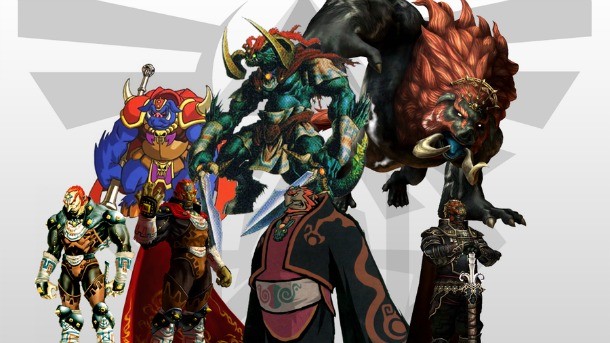
He’s one of gaming’s most recognizable characters and a fan-favorite foil, but how much do you really know about The Legend of Zelda’s iconic villain, Ganondorf? From a demonic pig monster to a powerful warlock, Ganon has undergone a surprising metamorphosis throughout his 26-year existence.
This isn't a complete list of every Zelda game featuring Ganon, but a look at how Ganon's backstory has evolved over time.
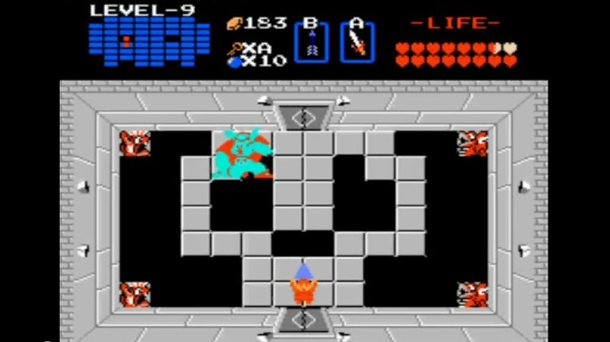
Legend of Zelda (1986)
In the original Zelda title, Ganon is a mysterious figure. He appears as a giant topaz pig monster who wields a trident. Ganon holds Princess Zelda hostage in his lair at Death Mountain, and the only weapon that will destroy him is a silver arrow.
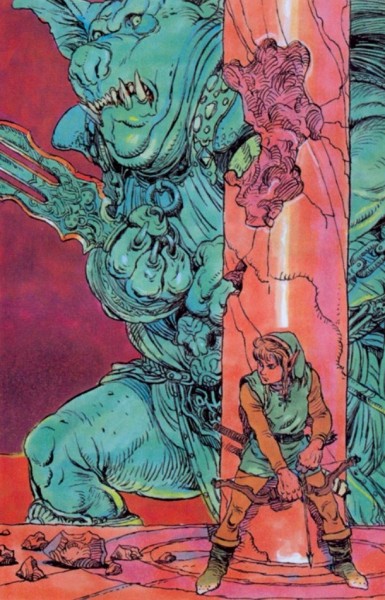
In the instruction booklet for The Legend of Zelda, Ganon’s name was spelled with a single n. However, during the in-game intro his name is spelled “Gannon,” leading to decades of confusion.
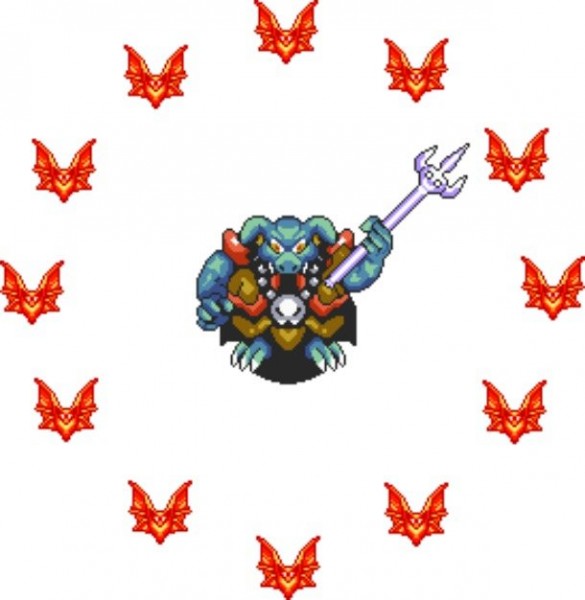
The Legend of Zelda: A Link to the Past (1991)
Nintendo started to flesh out Ganon’s backstory in A Link to the Past. It turns out that Ganon wasn’t always a boar-like demon, but had once been a man by the name of Ganondorf. Ganondorf was the leader of a group of thieves who found a way to enter the Sacred Realm and steal the Triforce. After Ganondorf rips the Triforce from its home, he plunges the Sacred Realm into darkness and begins his transformation into the vastly powerful being seen at the end of the game. The Knights of Hyrule and its Sages attempt to trap Ganon within the Sacred Realm, but Link eventually has to come and save the day.
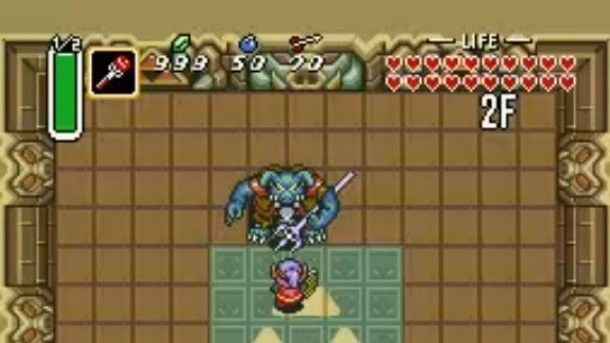
Link’s battle with Ganon is reminiscent of the one at the end of the original Legend of Zelda, foreshadowing the reincarnation concept that would eventually be incorporated into the mythology in The Wind Waker.
Fun fact: A Link to the Past’s English instruction manual gave Ganon the surname Dragmire as well as an alias "Mandrag Ganon," which means "Ganon of the Enchanted Thieves.”
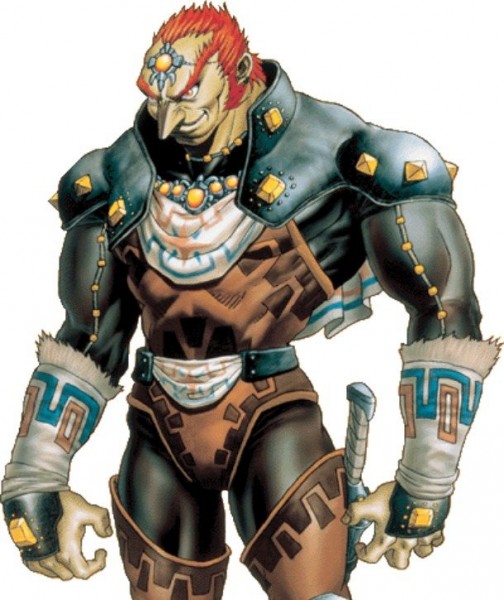
The Legend of Zelda: Ocarina of Time (1998)
Nintendo dug into Ganondorf’s backstory further in the N64 title Ocarina of Time. It’s explained that Ganondorf’s group of thieves are actually a race of people called the Gerudo. Within Gerudo society, men are only born once every century, making the Gerudo a predominately female warrior race. According to Gerudo custom, Ganondorf is King of the Gerudo by birthright. Ganondorf uses this power and influence to obtain entrance into the Sacred Realm to steal the Triforce. During the Ocarina of Time “retelling” of the Legend of Zelda, however, Ganondorf is only able to steal a third of the Triforce – the Triforce of Power – which Ganon uses to conquer Hyrule and cast the realm into darkness.
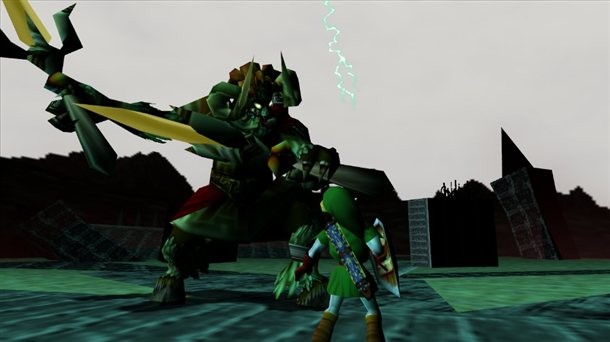
Of course, Ganon reveals his Boar form late in the game.
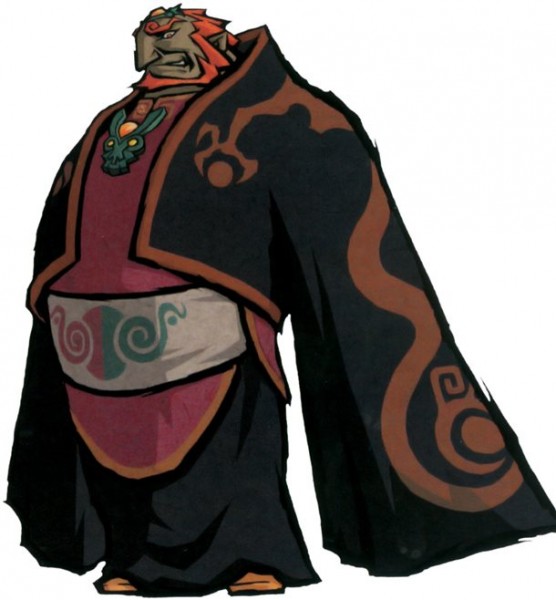
The Legend of Zelda: The Wind Waker (2003)
In The Wind Waker, players are given their first opportunity to sympathize with Ganondorf. It is revealed that Ganondorf's race hails from a land called the Gerudo Desert. This arid countryside is a wasteland of unstable climate that is plagued by sandstorms. The Gerudo have come to resent the inhabitants of the utopian Hyrule Field, which is why Ganondorf attempts to steal the Triforce.

The Wind Waker also introduces the concept that Ganon, Link, and Zelda are all reincarnated entities forced to relive their epic battle every few centuries. No direct timeline is given, but it is implied that this cycle has been repeating for millennia.
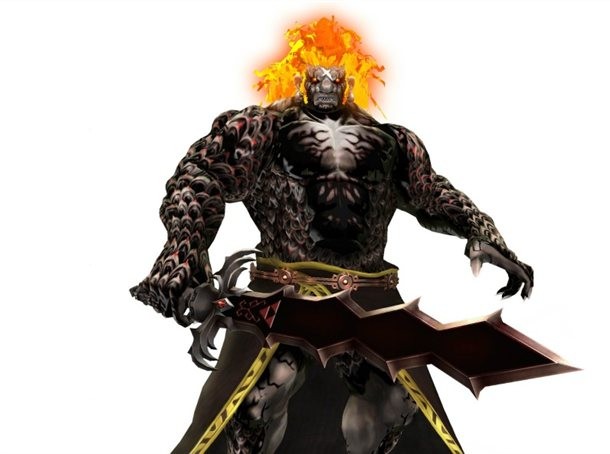
The Legend of Zelda: Skyward Sword (2011)
Nintendo’s most recent Zelda title, Skyward Sword, added a few new twists to the Zelda mythos. Skyward Sword is a prequel of sorts for the franchise, and even though Ganon isn’t directly featured in the game, his origins are revealed. In the game, Ganon appears to be a manifestation of a demonic god called Demise. Link’s companion during Skyward Sword, Fi, describes Demise as "the source of all monsters." After Demise’s plan to obtain the Triforce is squelched, his hatred for Link and Zelda manifests as a curse that forces the trio and their descendants to eternally relive their conflict.
The Legend of Zelda mythos has evolved a great deal, and we wonder what new direction’s Nintendo will take the property in the future. One this is for sure: We’re happy to keep reliving these adventures.

Get the Game Informer Print Edition!
Explore your favorite games in premium print format, delivered to your door.
- 10 issues per year
- Only $4.80 per issue
- Full digital magazine archive access
- Since 1991









